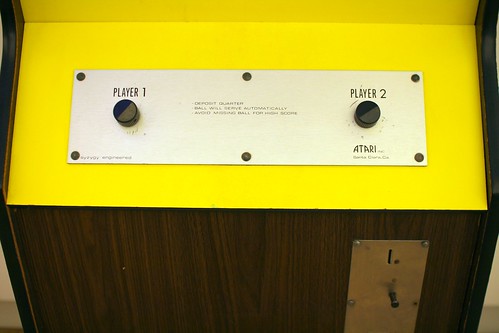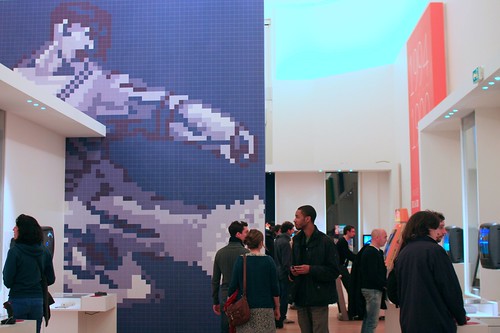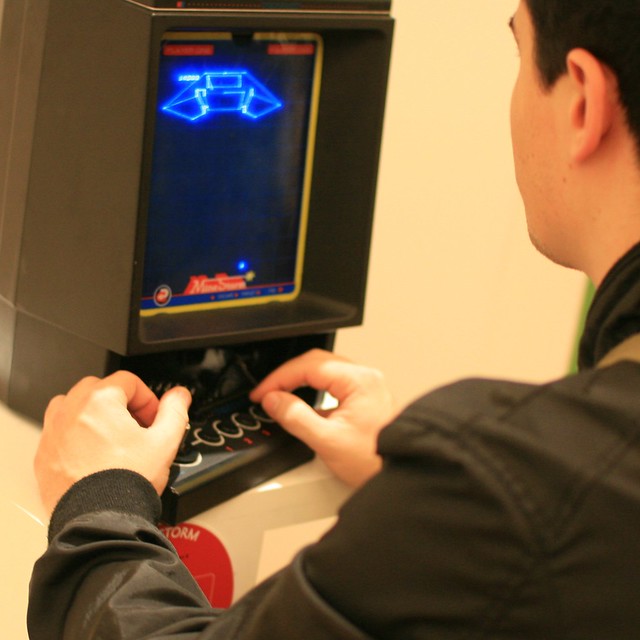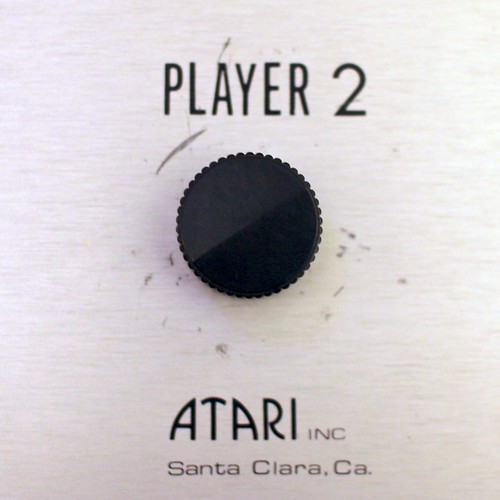Always good to do some weeknotes once in a while, as a way to reflect what has been done in the past few days.
Monday was devoted to Lift12, working on the program of the upcoming conference in Geneva... getting the ducks lined up, discussing with the last speakers, calling people interested in workshops.
Tuesday was a conference day, at the Serious Game Expo in Lyon, France, where I participated in a session about location-based games with Mathieu Castelli, as mentioned in my earlier post. It was also a good occasion to catch up with him and test his new project called Meatspace invasion. The rest of the day (4 hours of train and the whole afternoon) has been spent on data analysis: videos and picture from a field research projects that involves mobiles phones and 3D.
Wednesday was a mix of discussion with masters students at HEAD-Geneva about their masters thesis, the monthly meeting with colleagues and... a session of data analysis (for the aforementioned projects)... and a 3-hours workshop at EPFL in which we engaged engineers in a series of creative activities to design an accessory for book reading (based on assignments such as post-its brainstorming and drawing exercises with storyboards).
Thursday was a combination of client meetings, data analysis, fondue with the friend at Bookap in Lausanne and a workshop with a client (an electricity utility) that finished with a cooking workshop in Vevey.
Today was a conference day, the annual Swiss Design Network conference in which I participated in a panel about design research, games and cognitive sciences. It was a good opportunity to meet up with like-minded people such as Gesche Joost, Martin Wiedmer, Alain Findeli, Massimo Botta and the guys from emphase.ch.
 Observed on one of my student's laptop. He told me that he "did not want to be observed" (nor he wanted his laptop to be controlled from elsewhere). Which is why he he put a (French) stamp ("easy to remove", he told me) on the camera.
Observed on one of my student's laptop. He told me that he "did not want to be observed" (nor he wanted his laptop to be controlled from elsewhere). Which is why he he put a (French) stamp ("easy to remove", he told me) on the camera.





 A fascinating interface design seen yesterday in Lausanne. Although the aesthetical quality of this is a bit weird, I am fascinated by the way the physical metaphor is employed here.
A fascinating interface design seen yesterday in Lausanne. Although the aesthetical quality of this is a bit weird, I am fascinated by the way the physical metaphor is employed here. Yesterday I went to le Grand Palais in Paris to attend "
Yesterday I went to le Grand Palais in Paris to attend "



 Found in "Design as art" by Bruno Munari, Penguin, 2009
Found in "Design as art" by Bruno Munari, Penguin, 2009




